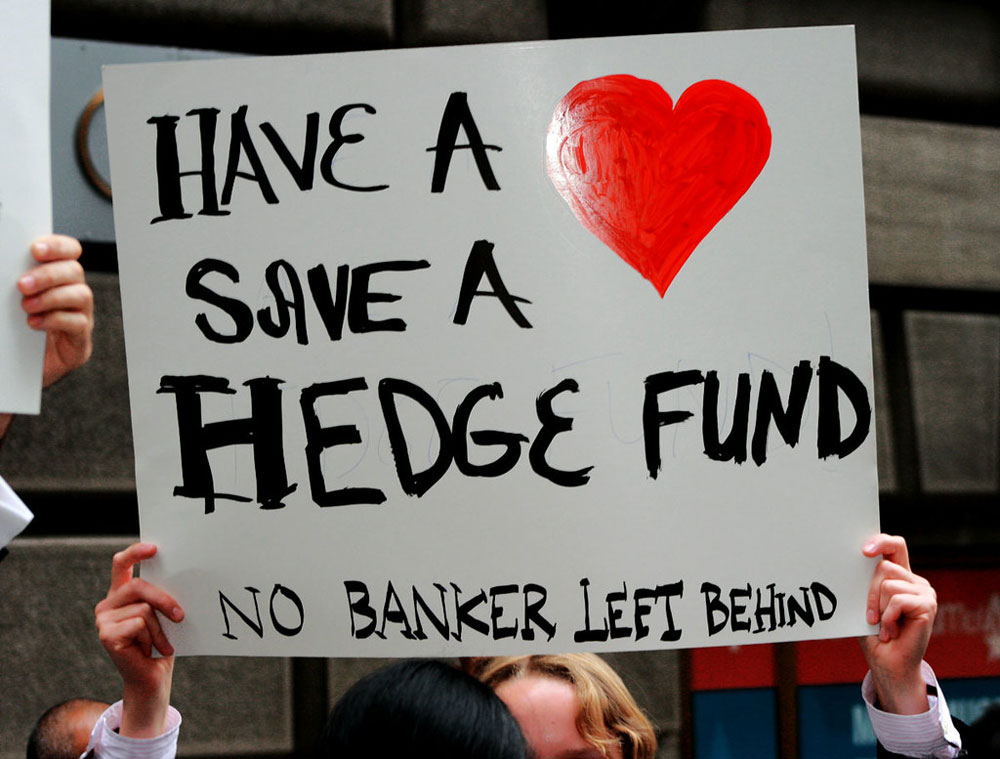
December 16, 2020; National Public Radio, “Investigations”
If you saw someone drop money in the street, would you pick it up and count yourself lucky, or catch up with them and return it? If you are one of the private foundations that got a Paycheck Protection Program (PPP) loan, you would walk away with it, adding it to the roll you already had safely tucked away.
According to an NPR investigation, no less than 120 private foundations were among the corporate entities that availed themselves of capital from the SBA sponsored fund. Those loans came in amounts ranging as high as $600,000 or more. And, since private foundations tend to be creations of people of more than adequate means (as opposed to public foundations, which are collections of pooled funds), these foundations likely didn’t need the extra money.
Still, not all private foundations look and act the same, as some serve as operating foundations. Consider, for instance, the Anverse Foundation, which had an asset base of $114,152,741 in its last 990. Anverse received $611,300, which looks bad on the surface, but the foundation describes itself as having built and presently operating three museums, all of which are run in conjunction with Georgia Museums and two of which are affiliated with the Smithsonian. Museums, as we know, have been particularly hard hit by the COVID related downturn. So, the list may not be as shocking as it could be.
The list includes:
- Anverse ($611,300)
- Ben Bronz Foundation ($317,666)
- Fred and Clara Eckert Foundation for Children ($253,100)
- Garfield Foundation ($167,157)
- Interactivity Foundation ($283,010)
- Joe W. and Dorothy D. Brown Foundation ($175,510)
- Koenig Private Foundation ($150,521)
- Letters Foundation aka Sunshine Lady Humanitarian Grants Program ($268,800)
- Mission Increase Foundation ($277,320)
- Niswonger Foundation ($200,529)
- Orentreich Family Foundation ($13,100)
- Peter and Elizabeth C. Tower Foundation ($154,800)
- Piedmont Triad Charitable Foundation ($150,900)
- Richard Diebenkorn Foundation ($157,380)
- Robert Mapplethorpe Foundation ($103,200)
- Walt Disney Family Foundation ($146,700)
- Willard G. Pierce and Jessie M. Pierce Foundation ($156,400)
For some, taking a PPP loan was simply an alternative to the potential invasion of the corpus of the asset base. As an example, the Walt Disney Family Foundation could have reached out to one of its sponsoring and affiliated funders for the money it thought it might need to forestall layoffs, but it did not.
Sign up for our free newsletters
Subscribe to NPQ's newsletters to have our top stories delivered directly to your inbox.
By signing up, you agree to our privacy policy and terms of use, and to receive messages from NPQ and our partners.
Kirsten Komoroske, executive director of the Walt Disney Family Foundation, which operates a museum that was shuttered during the pandemic, acknowledged that the foundation is partially funded by the Walt and Lilly Disney Foundation, which has $157 million in assets, but said she didn’t want to ask it for additional funding when the museum was closed.
“We want to be very careful about how we deploy those resources,” Komoroske said. “It’s easy to sit here now and look back, but there was a lot of fear, confusion and uncertainty at that time.”
One entity, at least, has been moved to return the money because of NPR’s illumination of the loan. That’s the Sunshine Lady Humanitarian Grants Program, a creation of Warren Buffett’s late sister, Doris Buffett. That fund is designed to give grants directly to people in need:
In an email to NPR, Letters Foundation executive director Tyra Sidberry said its budget is funded through Doris Buffett’s personal stock portfolio and “during the market upheaval brought on by the pandemic, those stocks lost considerable value.” As a result, Sidberry said, the foundation applied to the Paycheck Protection Program to “safeguard staff positions.”
Though this foundation is planning on returning the money, but, Alan Cantor, a regular commentator on philanthropic practice, still thinks “it’s a problem for them to take federal money.
“I struggle to get into the mindset of these individuals who are wealthy enough to set up private foundations and then too cheap to reach into their pockets to keep things going when times get tough,” says Cantor It’s just a question of reaching into their investment accounts and providing it to their foundations to pay their staff. It’s just this very simple act of giving a little bit more during tough times.”—Ruth McCambridge











